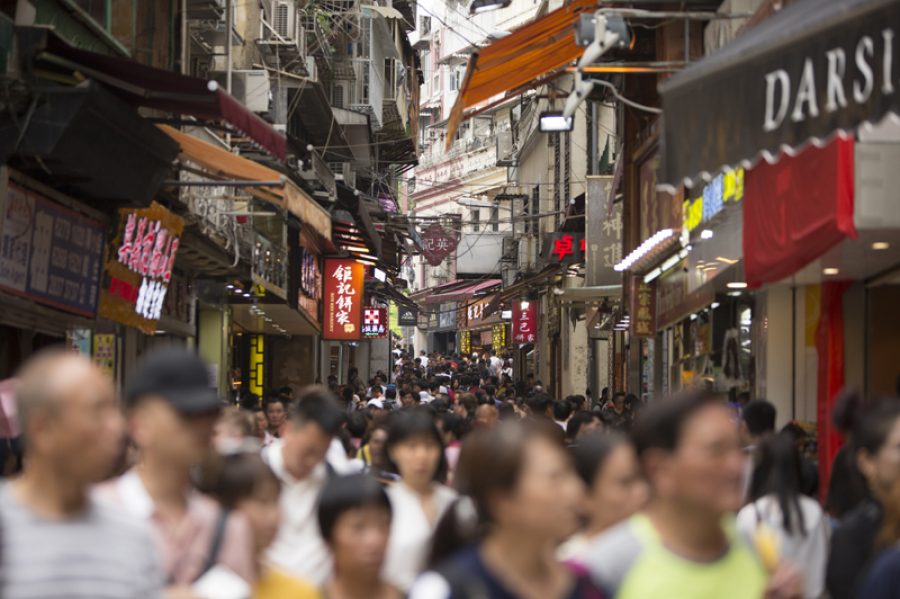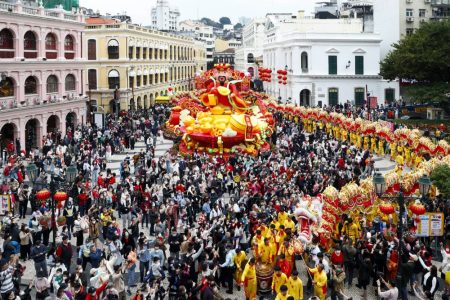Macau recorded 528,369 tourist arrivals between last Saturday and New Year’s Day, according to immigration statistics released through the Macau Government Information Bureau (GCS) Wednesday.
Mainland China’s New Year holiday period ran from Sunday to New Year’s Day.
According to the data, Macau’s eight border checkpoints recorded 2.2 million exits and entries during the four-day period, 1.6 million of which passed through the Barrier Gate checkpoint, or nearly three-quarters of the total.
By the end of 2018, the number of visitors in Macau will have increased by more than 7% over 2017 amount.
This is the forecast of Maria Helena de Senna Fernandes, the head of the Macao Government Tourism Office (MGTO).
Macau government expects visitor numbers to increase 7% over last year.
Fernandes indicated during a public event last week that Macau is expecting an aggregate visitor total for the year of around 35 million, an uptick of 7.4% over visitation from 2017.
Last year, there were just over 32.6 million tourists, which represented an increase of 5.4% year-on-year.
For the first nine months of the year, visitor arrivals had increased by 8.3% over the same period last year and totalled 25.81 million.
In September, the numbers increased by 1.9% and 4.4%, respectively, reaching 1.41 million and 1.15 million. The average stay saw a slight uptick, increasing 0.1 days to 1.4 days.
With the opening of the Hong Kong-Zhuhai-Macau Bridge (HKZM), the MGTO hopes to attract a new market segment.
Fernandes indicated that the office is campaigning to bring in more “mid- and long-haul” visitors who can take advantage of the new bridge.
Under current guidelines, passengers and vehicles traveling to Macau from Hong Kong may use the bridge at any time using a boundary-crossing checkpoint that is open 24 hours a day.
Bus service is also available, but these do not all run around the clock.
The HKZM Bridge is the first direct road link between Macau and the Hong Kong International Airport, as well as the longest sea-crossing bridge in the world. It crosses the Pearl River Delta and spans 55 kilometers.






